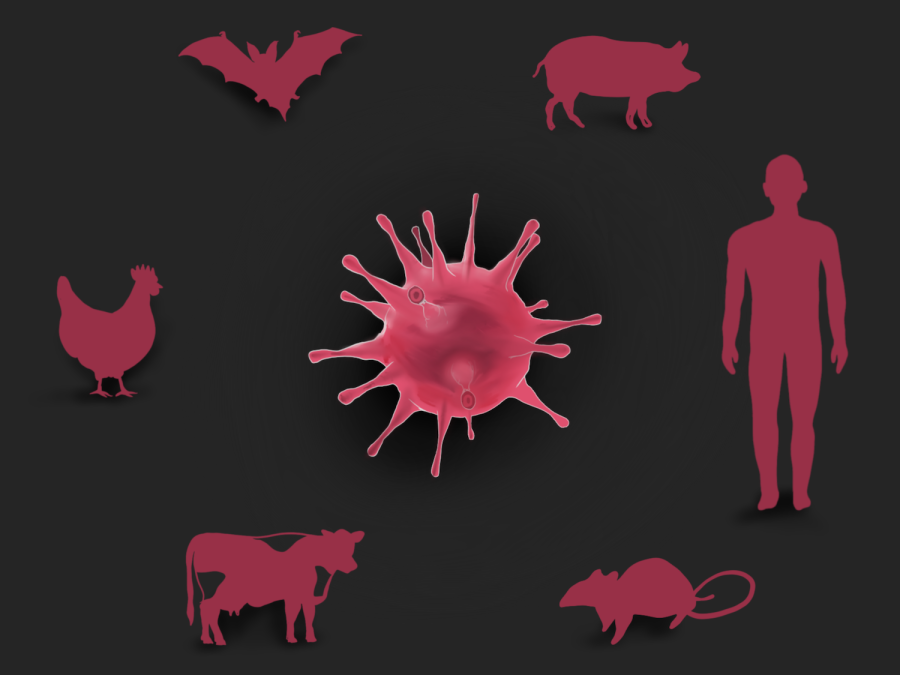US may be vulnerable to zoonotic diseases, NYU, Harvard researchers say
Scientists from New York University and Harvard University argue that the United States’ wildlife policy is insufficient to protect against diseases that are transmitted between animals and humans.

Current U.S. biosecurity laws may not be enough to prevent the spread of zoonotic diseases that spread between animals and humans, according to a recent editorial by scientists at New York University and Harvard University. Editorial published in Science Magazine, causes concern to the government failure to regulate wildlife policy and discusses past cases of disease transmission from livestock to humans in the United States.
The article objected to the US government’s National Biosecurity Strategy, which was released in October 2022 and did not include a new zoonotic disease prevention policy. In the article, Dale Jamison, professor at the New York University Center for Environmental and Animal Advocacy, and Ann Linder, research fellow at the Harvard Animal Law and Policy Clinic, argue that the United States is ignoring the potential threats of zoonotic diseases.
“One of the things that happens when you have a crisis or a potential crisis is that you sometimes see how broken our systems are by responding to them,” Jamison told WSN. “You have different agencies that don’t really know what the other agencies are doing and semi-pass-through mandates and in some cases huge regulatory gaps.”
They noted that the United States has a history of zoonotic diseases – most of which occurred between 1950 and 2000 – and that it has the highest volume of wildlife imports in the world, but that livestock often do not pass health or safety checks upon arrival. They also said government mandates for many federal regulators, notably the US Fish and Wildlife Service and the US Department of Agriculture, are unclear and can be restrictive.
In October, DOA announced that it will open a new laboratory called the “National Center for Bio- and Agro-Defense”, which will allow the agency to conduct research on zoonotic diseases that require additional protection measures against potential laboratory outbreaks. Lisa Hensley, a zoonotic disease researcher at the lab, said in a statement that this would help secure the food supply in the United States.
“As a community, we don’t pay enough attention to the risks associated with the transfer of viruses from animals to people, from people to animals, or from animals to animals,” Hensley said. “The security of our food supply represents an incredible vulnerability to our public and agricultural health, and we must be proactive in this area.”
Jamison also said the lack of regulation in livestock is dangerous because of how much the United States depends on livestock as a source of food. According to an editorial, it processed over 10 billion head of cattle in 2022 alone. In this piece, Jamison expressed concern about the continued spread of avian influenza viruses in livestock in the United States, which he said had reached poultry markets and farms.
“What is needed is not only for agencies to do their job better or fill gaps, but also for a fundamental restructuring of how human-animal interactions are managed,” Jamison and Linder wrote. “The US is still very far from taking such decisive action or even recognizing its responsibility for creating these global risks.”
Contact Uji Batla at [email protected]
Dallas Press News – Latest News:
Dallas Local News || Fort Worth Local News | Texas State News || Crime and Safety News || National news || Business News || Health News










